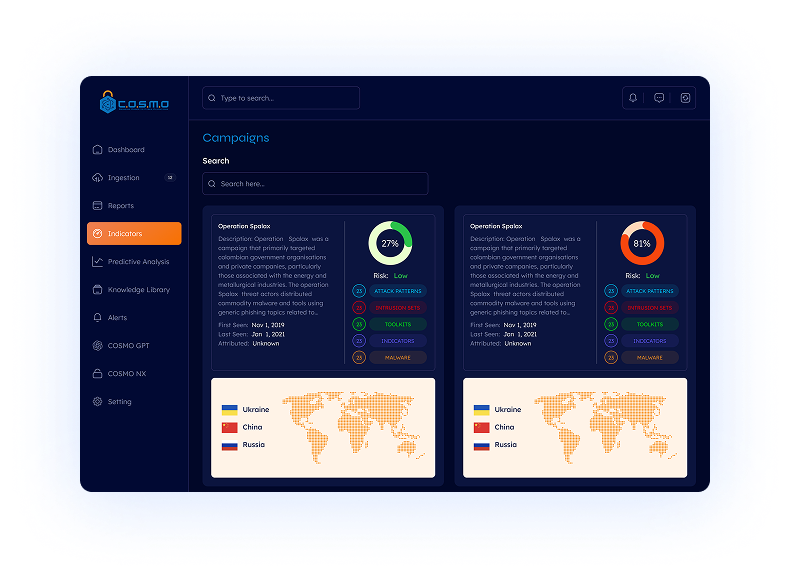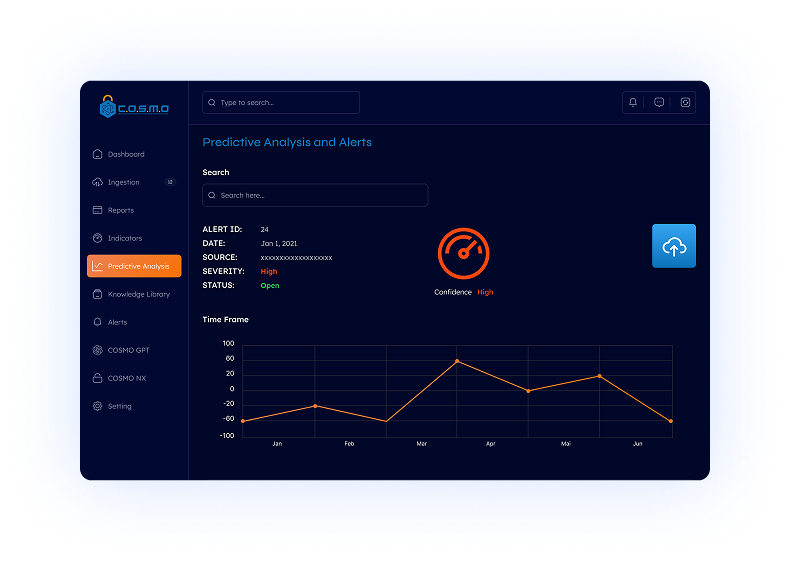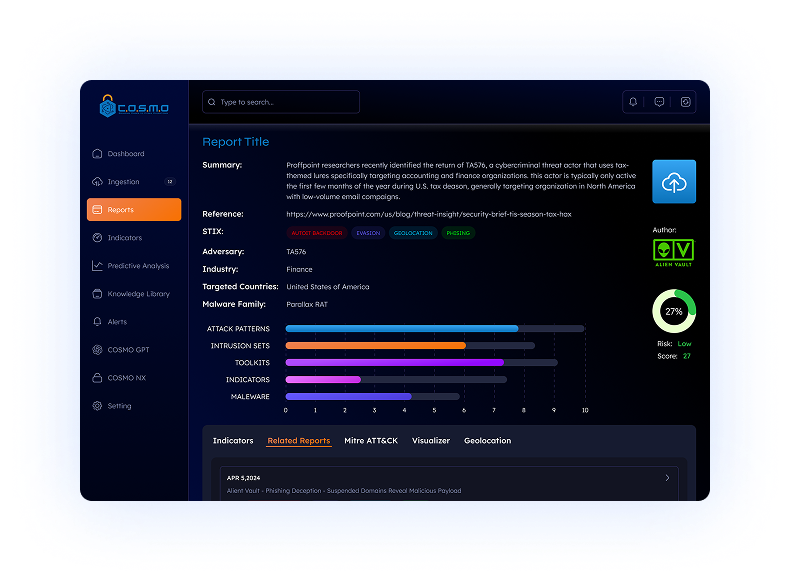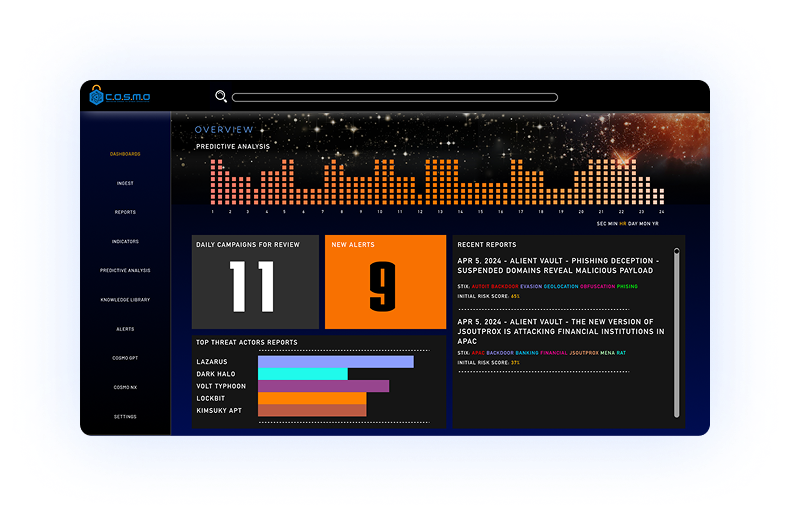Client Requirements
The client needed Ilgos to be a location-based online marketplace connecting customers with nearby automotive vendors. The platform had to support secure, flexible payment options, real-time inventory updates, and user-friendly dashboards for both vendors and buyers. It also needed to offer order tracking, mobile and web compatibility, scalability for future growth, and localization features like multi-language and multi-currency support—all while ensuring data security and compliance.


Challenges
Diverse and Unstructured Data Sources
Cosmo needed to handle log files, email metadata, and manually entered reports—all with different formats and reliability levels
Lack of Global Threat Context
Internal data alone wasn't enough to detect or anticipate sophisticated or emerging threats without integrating external intelligence sources
High Rate of False Positives
Initial AI-based detections often resulted in noisy alerts, creating unnecessary workload for the security team.
Complex AI Model Training
Building a robust dataset by aligning raw log data with global threat indicators required significant engineering and domain knowledge.
Operational Scalability
As the system scaled, it needed to maintain performance while continuously learning from new data and evolving threat reports.
Solution
Unified Data Ingestion System
Built a pipeline to standardize and parse server logs, emails, and manual inputs into a structured format for consistent processing.
AI-Powered Threat Prediction Engine
Trained machine learning models using historical attack patterns from OpenCTI reports and real-time system logs to anticipate future attacks.
Feedback Loop for Accuracy Improvement
Integrated human feedback from analysts to improve model performance and reduce false positives over time
Interactive Threat Monitoring Dashboard
Developed a real-time dashboard with predictive alerts, confidence scores, and detailed attack path visualization.


Conclusion
Cosmo successfully bridges internal system intelligence with external cyber threat data to predict, detect, and respond to attacks before they happen. The integration of OpenCTI and the use of AI-driven analysis empower organizations to move from a reactive security model to a proactive, predictive approach. With strong outcomes and a scalable infrastructure, Cosmo sets a foundation for next-generation threat intelligence platforms.



